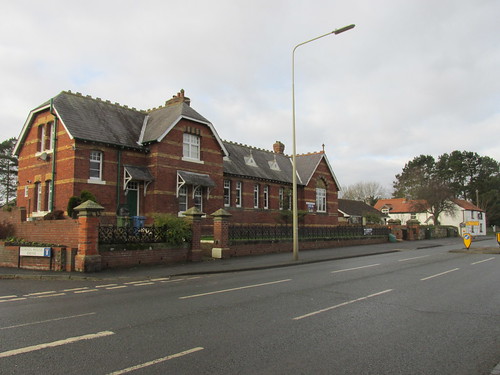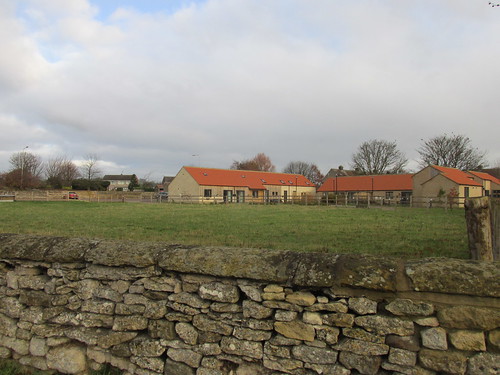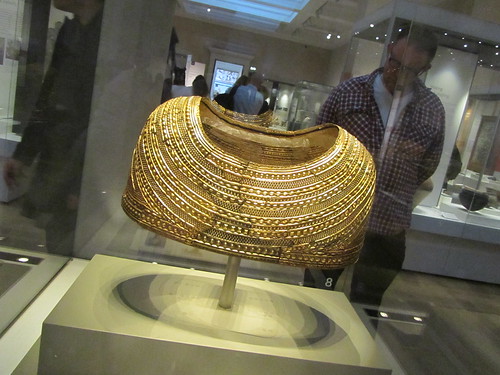Last weekend we went away to the seaside and passed through the village I grew up in. There have been several changes: the shop my mother worked in is now a house; the entire village is bypassed rather than carrying holiday-bound traffic through its centre; the petrol station has gone and replaced by houses. And there were other significant developments.

This was my junior school. The door you can see on the left was the headmaster's house, and the long range to the right was our hall. The gable end at the right was the reception classroom. It was an old Victorian pile with high walls and windows that were so far up the walls we needed a long pole to open and close them. No staring outside and daydreaming! These days it would be considered bad for education and children wouldn't be expected to progress under such conditions. But we loved it - and our teachers. We had small classes (there were only 96 pupils altogether) and our teachers cared about us and our learning. These days its the area youth centre.

This was Wilson's farm. That field used to be full of cows, and twice a day they were guided off to the left and into a pasture on the opposite side of the road. Traffic stopped to let them wander across. Often it coincided with our walk to or from school. These days it's the site of a sheltered housing estate. They seem to have demolished the farmhouse, which is a shame. But it'll be a great place for people to live out their days.

Here's a close up of the wall in the last photo. I remember it as being higher. I an also remember Farmer Wilson shouting at us because a small gang of us were slowly dismantling it while we stood around chatting about nothing in particular. It wasn't vandalism, as such - we didn't mean any harm - it was just idle lack of thought. It's close to being a dry stone wall. There's actually nothing holding the wall together except careful positioning of the stones. The capstones are cemented, but nothing else is. Repairing it is a time-consuming, skilled job. Sorry Farmer Wilson!
This smart-looking B&B used to be a pig farm! The pigs were free-range, in the field behind the wall on the right, and they were very friendly. You could scratch their backs and they would snort and wag their curly little tails. Nobody was squeamish about bacon. It was just how life was.
Of course, we went for fish and chips from the chippy where I used to buy "six penn'orth of chips and scraps, please" whenever I could afford it.
I don't go back as far as 1946, but I do remember that range. It must have been second hand when it was installed, because it was an Art Deco sunray design in green and yellow, probably made of bakelite or something similar. It was definitely plastic. It was good to see the clock still there. The fish and chips were still as good as ever too!
This post has been for Five on Friday, hosted by
Amy at Love Made My Home.




















